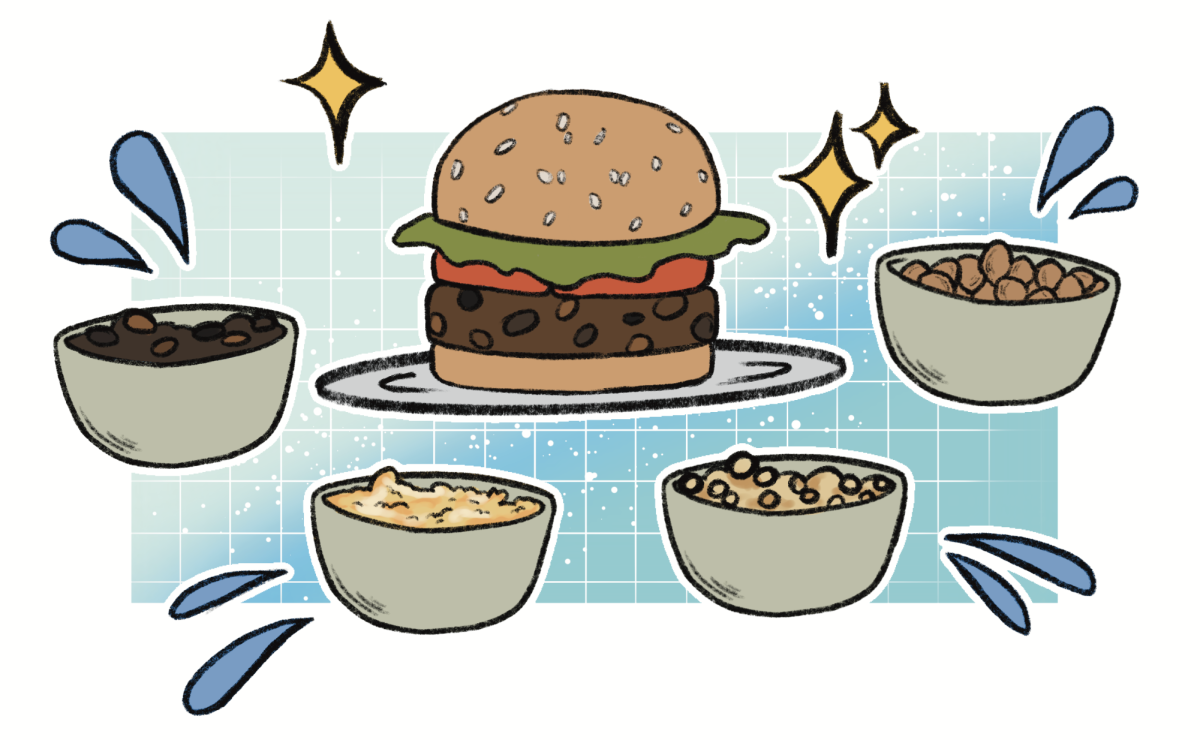A meal plan should be able to give individuality and healthy options, and be affordable — UT’s meal plan provides none of these things.
According to University of Texas Housing and Dining, UT’s residential meal plan consists of $1,600 Dine In Dollars and $200 Bevo Bucks, with Dine In Dollars accepted at all the university cafeteria locations, Jester Market and other campus food locations whereas Bevo Bucks are an alternative to cash used at restaurants and stores partnered with UT. While the concept is convenient for many students, it also creates problems for certain members of the student body.
Joel Melendez, an international relations and global studies freshman, said his experience with the UT meal plan was negative because of poor communication and his financial need. He said the pricing wasn’t made clear which caused the university to give him a housing bar which cost him next semester’s registration and extra financial loans. Although he made the mistake of not paying his housing debt sooner, Melendez said denying students food goes against the purpose of a meal plan.
“I think it is a good option that students are allowed to add Dine In Dollars,” Melendez said. “But if you haven’t paid a bill, they can deny you that option.”
If students are looking for places to spend their large lump sum of money, there are some cheap option on campus. Rene Rodriguez, UT’s director of dining, said the University provides affordable food options at J2 and Kinsolving.
“We have extended our hours at our all-you-care-to-eat locations which is convenient for students,” Rodriguez said. “They can take advantage of their best value for our students.”
Although the University offers options for cheaper food, it doesn’t make the meal plan easier to use. Students with evening courses and dietary restrictions may end up skipping meals or be unable to eat many of the available options at dining halls across campus.
Undeclared business freshman Jessica Skelton said she feels the meal plan is overpriced and a waste of money because her Celiac disease doesn’t allow her to eat many of the cafeteria meals.
“As a Celiac, I don’t have a lot of options in the cafeteria,” Skelton said. ”It’s usually just chicken and vegetables everyday unless I go to J2, which closes at 2:00 pm on Friday and 8:00 everyday,” Skelton said. “There are nights where I don’t get to eat dinner and I go to bed (without a full meal).”
Skelton said she thinks it’s unfair the housing plan requires students in on-campus housing to purchase its meal plan because it forces those with dietary restrictions to spend money on something that doesn’t fully fulfill their food needs. She said there are better options such as buying cheaper groceries instead of wasting thousands of dollars.
“There are times when I want to go to the grocery store, but I have all this money to spend in the cafeterias,” Skelton said.
Even with students who have legitimate complaints such as these, Rodriguez said UT is not planning on changing or adding different meal plans in the future.





















